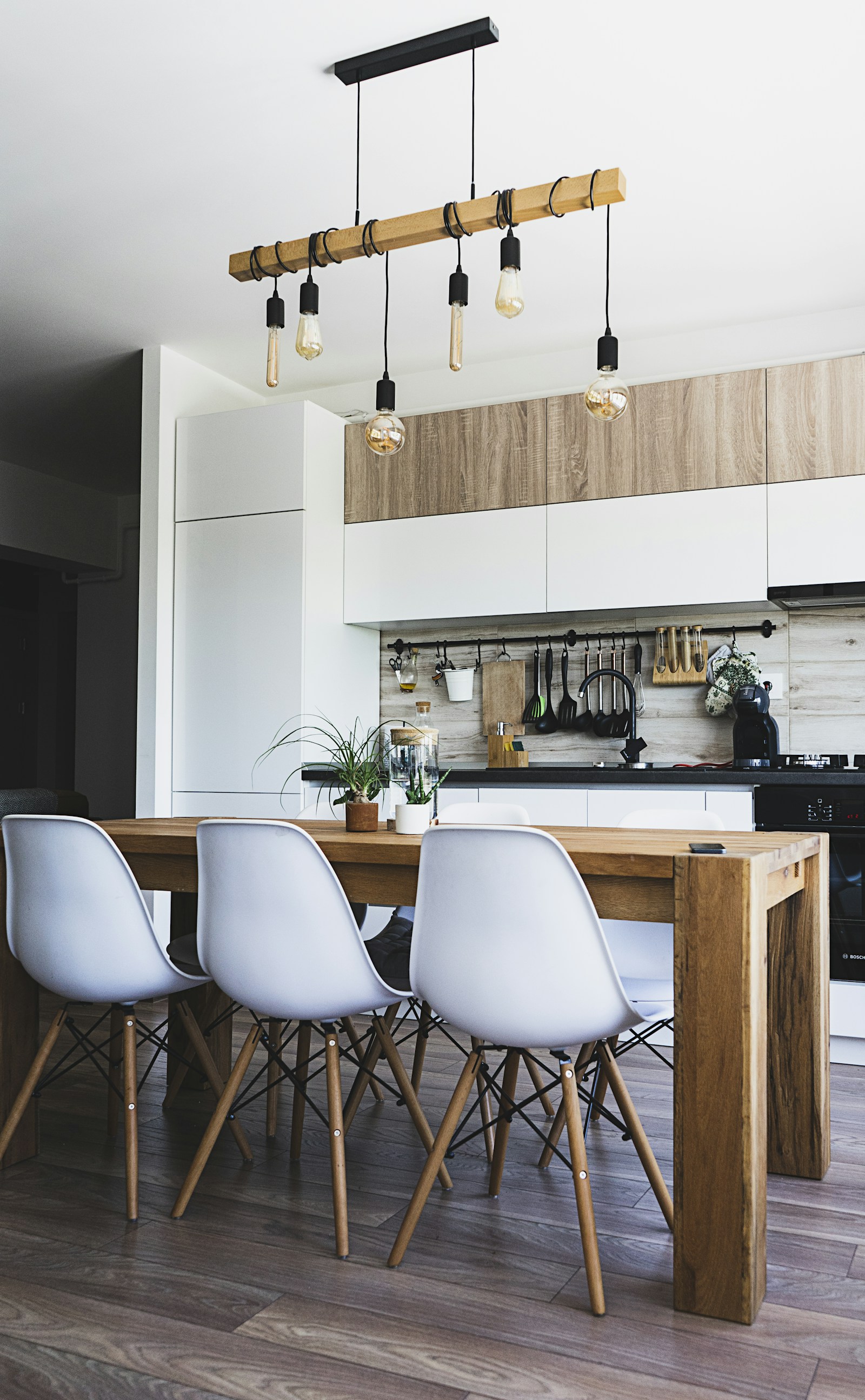Home renovations are a great way to improve your living space, but they can also have a significant impact on the environment. By choosing eco-friendly building materials, you can reduce waste, lower energy consumption, and create a healthier home. Whether you’re remodeling a kitchen, updating flooring, or making structural changes, here’s how to choose sustainable materials for your renovation.
🌱 Why Choose Eco-Friendly Materials?
✅ Reduces Waste & Pollution – Sustainable materials minimize landfill waste and reduce harmful emissions.
✅ Improves Energy Efficiency – Many eco-friendly materials help lower heating and cooling costs.
✅ Healthier Living Environment – Low-VOC (volatile organic compound) materials improve indoor air quality.
✅ Long-Term Durability – Many green materials are more durable, reducing the need for future replacements.
🏠 1. Sustainable Flooring Options
When choosing flooring, opt for materials that are renewable, durable, and free from harmful chemicals.
✔️ Bamboo – A fast-growing, renewable alternative to hardwood.
✔️ Cork – Harvested from tree bark without harming the tree, naturally resistant to mold and pests.
✔️ Reclaimed Wood – Salvaged from old buildings, reducing the need for new trees to be cut down.
✔️ Recycled Tile – Made from glass, porcelain, or ceramic waste, giving old materials new life.
✔️ Linoleum – A biodegradable, non-toxic flooring option (not to be confused with vinyl).
👉 Tip: Look for flooring with certifications like FSC (Forest Stewardship Council) or GreenGuard to ensure sustainability.
🪵 2. Eco-Friendly Wood & Cabinetry
Traditional wood products contribute to deforestation and often contain formaldehyde-based adhesives. Choose:
✔️ FSC-Certified Wood – Ensures wood is sourced responsibly.
✔️ Reclaimed Wood – Adds character while reducing environmental impact.
✔️ Bamboo Cabinets – A stylish, renewable alternative to hardwood.
✔️ Formaldehyde-Free Plywood – Safer for indoor air quality.
👉 Tip: Use low-VOC or water-based finishes to avoid harmful fumes.
🧱 3. Sustainable Countertops
Your kitchen and bathroom countertops can be both stylish and eco-friendly. Consider:
✔️ Recycled Glass – Made from post-consumer glass, available in unique designs.
✔️ Reclaimed Wood – Great for rustic or farmhouse-style kitchens.
✔️ Bamboo – Lightweight, renewable, and durable.
✔️ Recycled Concrete – Mixed with other reclaimed materials for a modern look.
👉 Tip: Avoid non-recyclable surfaces like traditional laminate, which can end up in landfills.
🏗️ 4. Energy-Efficient Insulation
Good insulation reduces heating and cooling costs. Instead of traditional fiberglass, choose:
✔️ Recycled Denim Insulation – Made from old jeans, non-toxic and effective.
✔️ Sheep’s Wool – Naturally fire-resistant and biodegradable.
✔️ Cellulose Insulation – Made from recycled paper and treated to be fire-resistant.
✔️ Cork Insulation – Sustainable, mold-resistant, and energy-efficient.
👉 Tip: Look for R-value ratings to determine insulation effectiveness.
🪟 5. Windows & Doors for Energy Savings
Windows and doors impact your home’s energy efficiency. Upgrade to:
✔️ Double or Triple-Pane Windows – Reduces heat loss and noise.
✔️ Low-E Glass – Reflects heat while letting in natural light.
✔️ Reclaimed Wood Doors – Durable and eco-friendly.
✔️ Fiberglass or Steel Doors – More energy-efficient than traditional wood doors.
👉 Tip: Look for Energy Star-certified windows and doors to maximize efficiency.
🎨 6. Low-VOC Paints & Finishes
Traditional paints contain VOCs (volatile organic compounds) that can harm indoor air quality. Choose:
✔️ Low-VOC or Zero-VOC Paints – Reduces toxic fumes.
✔️ Milk Paint or Natural Clay Paint – Eco-friendly and biodegradable.
✔️ Water-Based Sealants – Safer alternative to oil-based finishes.
👉 Tip: Open windows for ventilation when painting, even with eco-friendly options.
💧 7. Water-Saving Fixtures
Eco-friendly renovations should also focus on water conservation. Install:
✔️ Low-Flow Toilets – Uses significantly less water per flush.
✔️ Water-Efficient Faucets & Showerheads – Reduces water waste without sacrificing performance.
✔️ Tankless Water Heaters – Heats water on demand, reducing energy use.
✔️ Rainwater Collection Systems – Great for watering gardens or outdoor use.
👉 Tip: Look for WaterSense-labeled products for the best water efficiency.
♻️ 8. Recycled & Locally Sourced Materials
Choosing materials that are recycled or locally sourced reduces transportation emissions and supports sustainable production.
✔️ Reclaimed Brick or Stone – Adds a timeless look while reducing waste.
✔️ Recycled Metal – Ideal for roofing, fixtures, and decorative elements.
✔️ Local & Sustainable Materials – Reduces carbon footprint from shipping.
👉 Tip: Shop at salvage yards or reclaimed material stores for unique finds.
Final Thoughts: Make Your Renovation Green & Smart
Sustainable home renovations are better for the planet and your wallet in the long run. By choosing eco-friendly materials, you can create a healthier home while reducing environmental impact.


